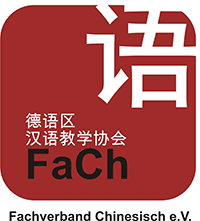Kurzformen der modernen chinesischen Sprachen
Autor/innen
Short forms of the Chinese language
The formation of short forms in modern Chinese is a productive means of extending the vocabulary. Short forms are lexical units that result from the reduction of syllables of longer lexical units. Because of the typical syllable-morpheme-character correspondence in Chinese the syllables are not eliminated arbitrarily but the elimination is determined by morpheme-semantic factors above all. Short forms can be expressed graphically. Apart from words consisting of one morpheme but more than one syllable all long and short forms have a structure of constituents. The relations between these constituents can be described as subordination, coordination, verb-object-relation or subject-predicate- relation. Criteria of the classification of short forms into classes A, B, C, D are the modification/non-modification of the syntactical/word-syntactical relations of the constituents in the process of shortening and the determinations, which of the constituents are shortened and how far they are shortened. Especially nouns are effected by the formation of short forms, verbs are less and adjectives scarcely effected by this process.

Dieses Werk steht unter der Lizenz Creative Commons Namensnennung - Weitergabe unter gleichen Bedingungen 4.0 International.

Dieses Werk steht unter der Lizenz Creative Commons Namensnennung - Weitergabe unter gleichen Bedingungen 4.0 International.







